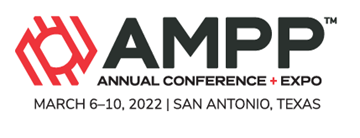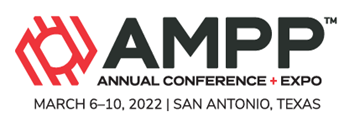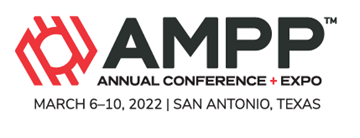Search
Assessment Of Precorrosion Methods For Inhibitor Testing Under Sour Conditions
Also Purchased
Assessment And Rehabilitation Of Piping Inside Water And Wastewater Treatment Plants
Product Number:
51322-18200-SG
Publication Date:
2022
$20.00
Augmentation Of Iron Carbonate Corrosion Products Using Amino Acids In CO2 Corrosion Environments
Product Number:
51322-17754-SG
Publication Date:
2022
$20.00




